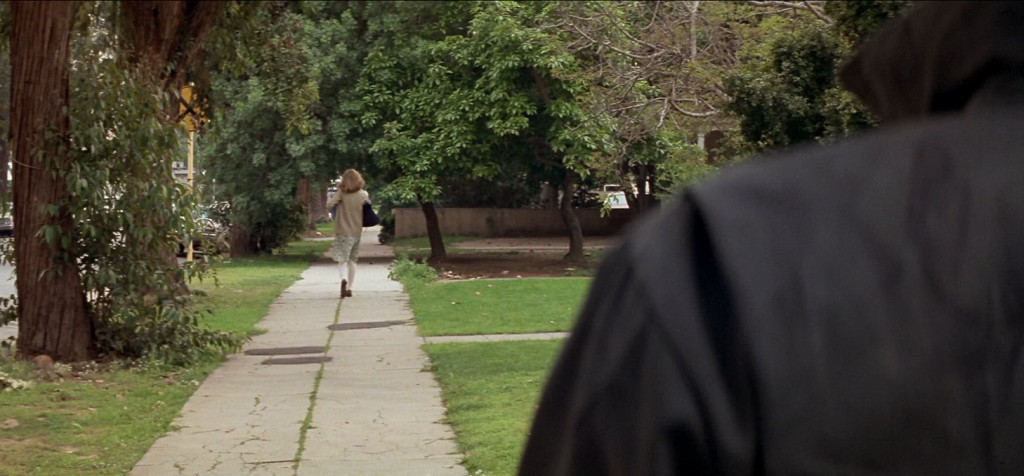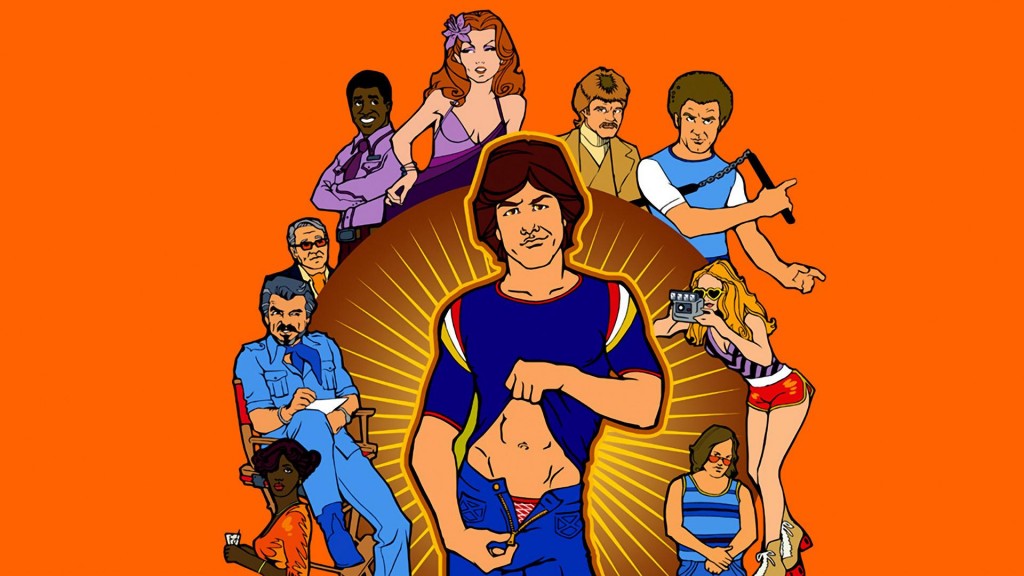Say what you will about “Stunning and Brave”, the season premiere for South Park’s nineteenth season, which centers on Caitlyn Jenner and the public’s reaction to her transition, but in that episode, series creators Trey Parker and Matt Stone had a point they wanted to convey about Jenner and the surrounding media hoopla. In classic South Park style, the quick production turnaround let them have their say while the topic was still fresh in everyone’s minds. And while their commentary may have been crass, with plenty of room to disagree, Trey and Matt had a clear viewpoint and message behind their work that came through in how South Park handled the issue.
The Simpsons’s much longer production cycle means that it’s always going to be playing catch up when it comes to addressing the issues of the day. The show has tried to work around this obstacle, trying everything from turning the show’s lagging response time itself into a joke, making their easier-to-animate chalkboard gags more topical (including in support of South Park), and more recently, creating short topical clips meant for viral internet consumption. But as a general rule, the creative minds behind The Simpsons have had to wait patiently to speak their piece in the national dialogue. Until now.
Enter The Simpsons: Tapped Out, a mobile “freemium” game (the likes of which South Park has previously taken aim at), featuring the denizens of Springfield in a Farmville-meets-SimCity type of environment. Within this game, there are various “quests” — brief in-game tasks that feature minor storylines (often rehashes or sequels to the show’s most notable episodes) with small bits of written, interstitial dialogue to break up the action and add a little flavor to a mode of game play that can otherwise become repetitive. The fact that nearly all of this dialogue is conveyed via comic book-esque speech bubbles, without the need for voice acting or animation, allows it to be much more timely than in the game’s televised counterpart.
It’s in these bits of written dialogue that The Simpsons offered its take on the Caitlyn Jenner story, by having a little-known Springfield mobster become a woman as part of a bid to overthrow the local government, only for the character to just as quickly transition back to being a man, without fanfare, after the citizens turn on him. It’s odd not only for the peculiar nature of this riff on the Caitlyn Jenner story in and of itself, but because the Jenner takeoff seemed tossed off into an unrelated storyline, with no real criticism or commentary behind it.










